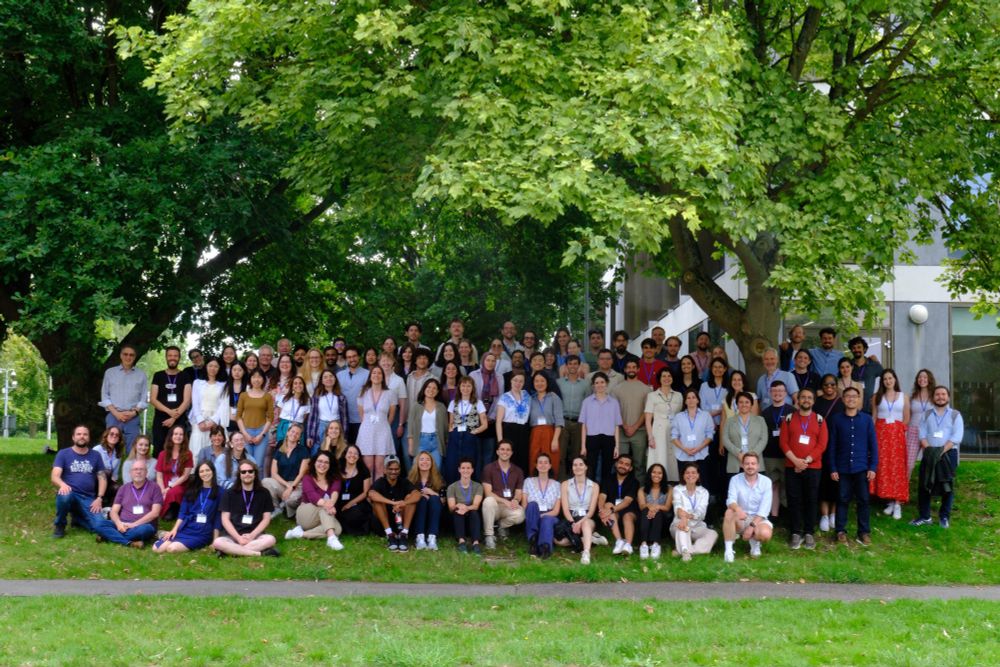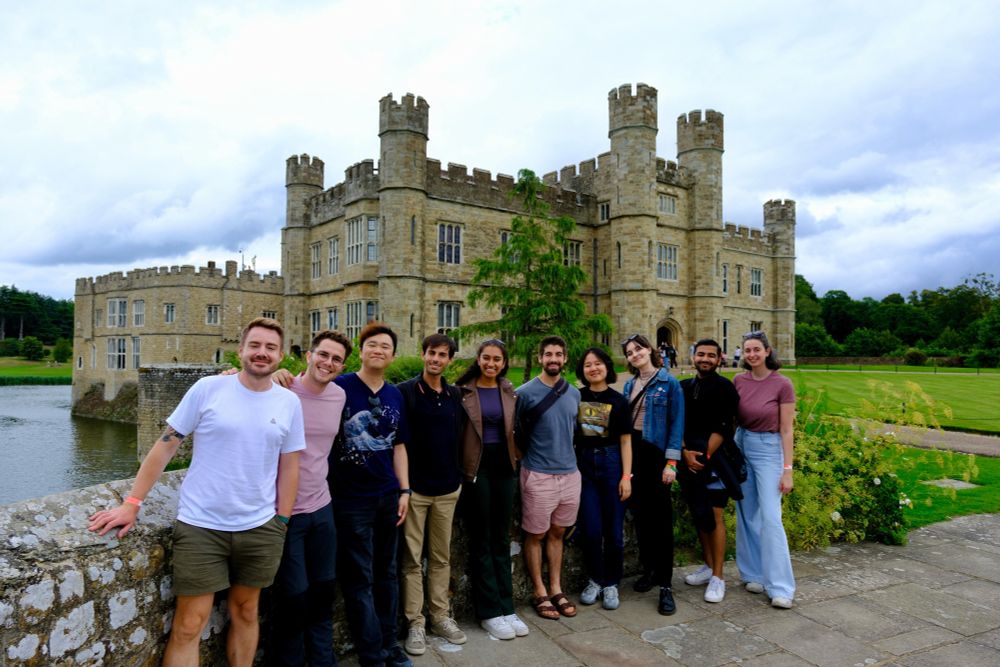osf.io/preprints/ps...
In this chapter, we argue that instead of debating whether human or AI empathy is superior overall, it is more useful to focus on the distinct trade-offs that each source of empathy offers.
osf.io/preprints/ps...
In this chapter, we argue that instead of debating whether human or AI empathy is superior overall, it is more useful to focus on the distinct trade-offs that each source of empathy offers.
@jokretz.bsky.social & post-doc @amormino.bsky.social, & farewell to alum @rachelbuterbaugh.bsky.social, who's off to grad school. With @jdweng.bsky.social @farvk.bsky.social, a great team!

@jokretz.bsky.social & post-doc @amormino.bsky.social, & farewell to alum @rachelbuterbaugh.bsky.social, who's off to grad school. With @jdweng.bsky.social @farvk.bsky.social, a great team!


I arrived at the conclusion that (1) there's a lot of interesting stuff about interactions and (2) the figure I was looking for does not exist.
So, I made it myself! Here's a simple illustration of how to control for confounding in interactions:>

I arrived at the conclusion that (1) there's a lot of interesting stuff about interactions and (2) the figure I was looking for does not exist.
So, I made it myself! Here's a simple illustration of how to control for confounding in interactions:>
@affectscience.bsky.social

@affectscience.bsky.social
We find that people choose to receive empathy from human over AI empathizers, despite finding AI responses superior in terms of empathy and making them feel more heard.
Link: osf.io/preprints/os...
We find that people choose to receive empathy from human over AI empathizers, despite finding AI responses superior in terms of empathy and making them feel more heard.
Link: osf.io/preprints/os...


